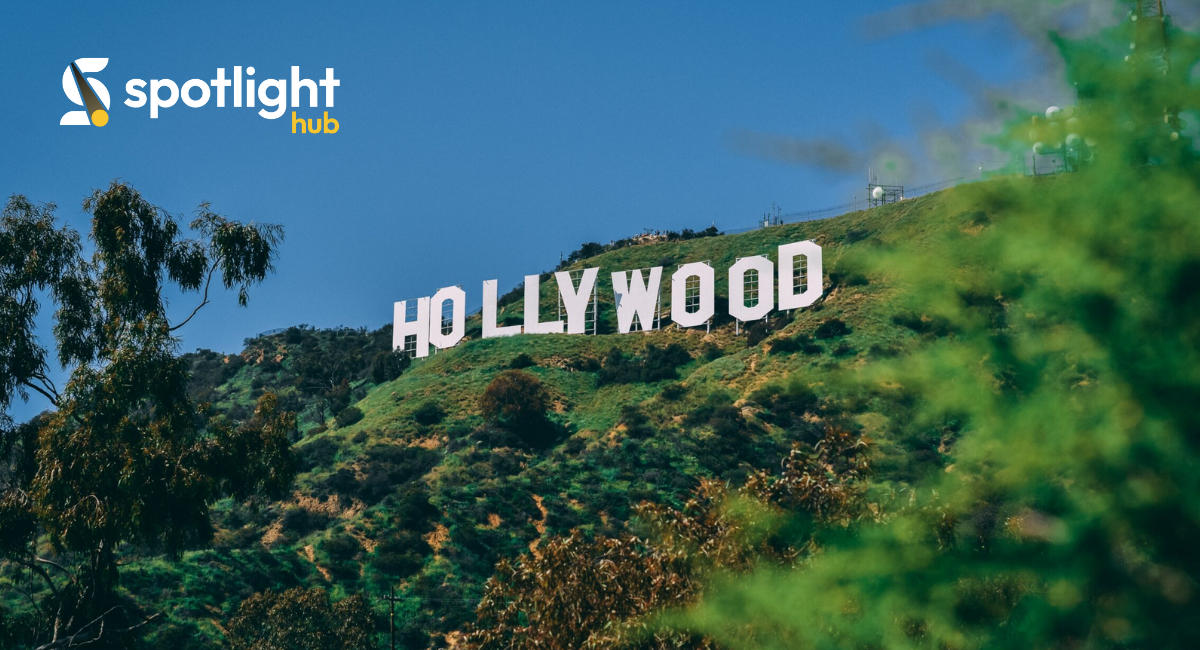For decades, Hollywood has been criticized for its lack of diversity, both in front of and behind the camera. However, in recent years, we’ve seen a noticeable shift towards more inclusive representation across films and TV shows. From the characters we see on-screen to the stories being told, Hollywood is slowly becoming a more diverse space. But how far has the industry really come, and what changes are still needed? In this blog, we’ll explore how Hollywood’s diversity shift is reshaping the entertainment landscape and why this change matters to both audiences and the industry itself.
The Changing Face of Hollywood
1. Breaking Stereotypes and Challenging Norms
Historically, Hollywood has relied on stereotypes when casting minority characters, often limiting their roles to specific tropes. For example, Black characters were often cast as sidekicks or criminals, while Asian characters were stereotyped as martial artists or “the other.” However, in recent years, filmmakers and casting directors have made strides in breaking these stereotypes and offering a broader range of roles for actors from diverse backgrounds.
Movies like Black Panther and Crazy Rich Asians have helped challenge these outdated portrayals by showcasing diverse characters as strong leaders, complex individuals, and heroes. Black Panther, in particular, was a milestone in the superhero genre, featuring a predominantly Black cast and a storyline deeply rooted in African culture. The success of these films proves that audiences are eager to see more authentic, well-rounded representations of diverse communities.
2. Behind the Camera: Diversity in Filmmaking
Diversity in Hollywood isn’t just about what we see on-screen. It’s also about who is behind the scenes—who is writing, directing, producing, and calling the shots. In the past, the majority of power in Hollywood was held by a predominantly white, male group. But over the years, we’ve seen a shift toward more women and people of color taking on key roles in filmmaking.
Directors like Ava DuVernay, who helmed Selma and When They See Us, and Jordan Peele, known for Get Out and Us, have become trailblazers in creating films that represent diverse perspectives. These directors are not only telling important stories about race, identity, and social justice, but they are also creating opportunities for other filmmakers of color to follow in their footsteps.
3. Television’s Role in Diversity
Television has also played a key role in Hollywood’s diversity shift. In many ways, TV has been more progressive than film in reflecting real-world diversity. Shows like Grey’s Anatomy, Scandal, and Master of None have been praised for their inclusive casting and exploration of racial and cultural issues. These shows have helped normalize diverse characters in leading roles and made it easier for audiences to relate to characters from different walks of life.
Streaming platforms like Netflix, Hulu, and Amazon Prime have also been at the forefront of pushing for more inclusive content. By offering a wider range of shows from around the world, these platforms allow for greater representation of marginalized voices, especially in international markets. This has led to a surge in content that speaks to various cultural experiences, further promoting diversity in the entertainment industry.
The Importance of Representation in Hollywood
1. Reflecting Society’s Diversity
Hollywood’s diversity shift is significant because it reflects the world we live in. The United States, and many other countries, are becoming more diverse. The population is made up of people from a variety of racial, ethnic, and cultural backgrounds. Entertainment should mirror this diversity, as it allows audiences to see themselves represented in the media they consume.
When we see people who look like us, speak like us, or share similar experiences, it helps foster a sense of belonging and validation. It’s empowering for individuals from underrepresented communities to see their stories told on screen, whether it’s a Black family in Black Panther or a South Asian woman in Never Have I Ever.
2. Creating Role Models and Inspiring Change
Representation in Hollywood also means creating role models for younger generations. When children and young adults see diverse characters portrayed as heroes, leaders, and achievers, it gives them the confidence to pursue their dreams. Representation matters because it can inspire young people to believe that they too can be the protagonist of their own story, regardless of their race, gender, or background.
For example, Simone Biles and Naomi Osaka, who are both breaking barriers in their respective sports, have become powerful role models not only for young athletes but for people of color worldwide. The visibility of diverse figures in media encourages people to strive for success in various fields, including education, business, and the arts.
3. Improving Cultural Awareness and Empathy
The rise of diverse content in Hollywood also helps promote cultural awareness and empathy. When audiences are exposed to different cultures, stories, and perspectives, they gain a deeper understanding of the challenges that others face. This can foster greater empathy and reduce prejudices, creating a more inclusive and compassionate society.
Films and TV shows like The Farewell, which explores Chinese-American family dynamics, or Roma, which examines the life of a domestic worker in Mexico City, offer viewers a window into cultures and experiences they might not be familiar with. These stories not only entertain but also educate, allowing people to see the world through different eyes.
The Challenges Ahead for Hollywood
While progress has been made, there is still work to be done. True diversity in Hollywood goes beyond casting more actors from diverse backgrounds. It involves telling a wide range of stories that reflect the complexities of different cultures and experiences. It also requires a commitment to giving people of color and other marginalized groups an equal opportunity to tell their own stories.
Hollywood needs to continue to focus on equity behind the camera, ensuring that filmmakers from diverse backgrounds are given the same opportunities to succeed as their white counterparts. It’s essential that diversity doesn’t stop at casting but extends to every level of filmmaking, from screenwriters and directors to producers and studio heads.
Conclusion
Hollywood’s diversity shift is an exciting and necessary step forward in the entertainment industry. The move towards more inclusive representation on-screen and behind the camera is not just about ticking boxes; it’s about reflecting the world we live in and offering a platform for all voices to be heard. The rise of diverse content in Hollywood has the potential to inspire change, challenge stereotypes, and empower underrepresented communities.
However, the journey isn’t over. True diversity in Hollywood will require ongoing commitment and action, not just from filmmakers, but from audiences as well. By continuing to support diverse stories and demanding better representation, we can help ensure that Hollywood evolves into a place where everyone’s story can be told.










